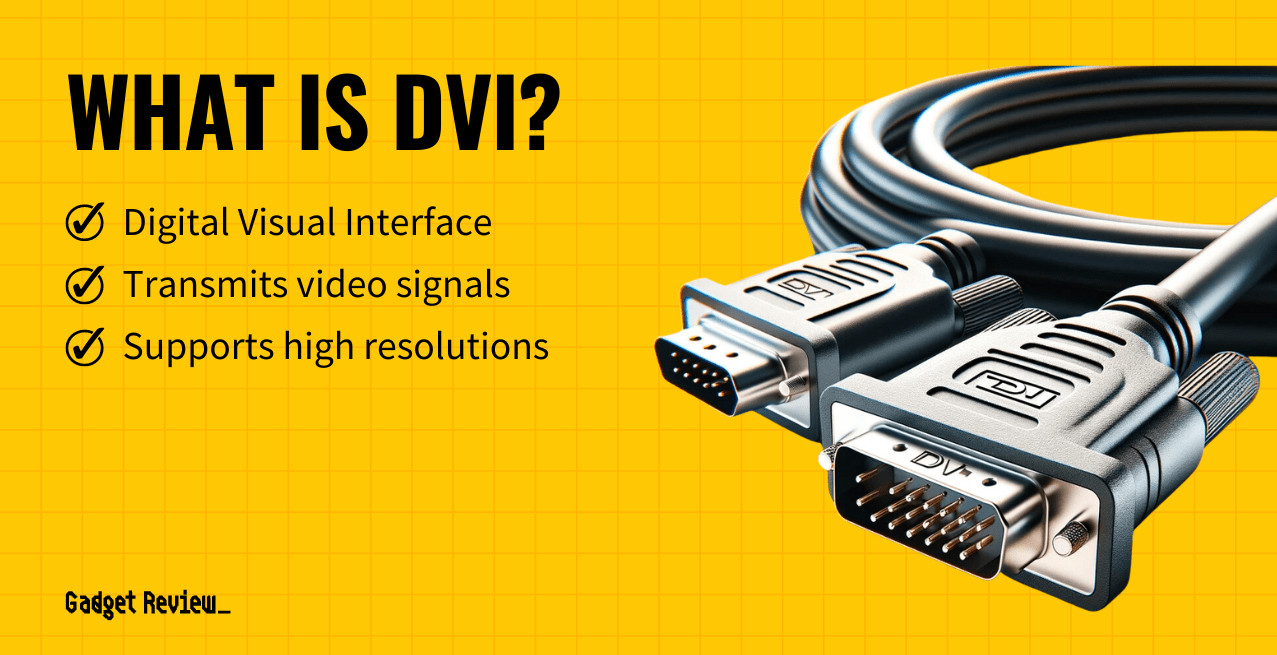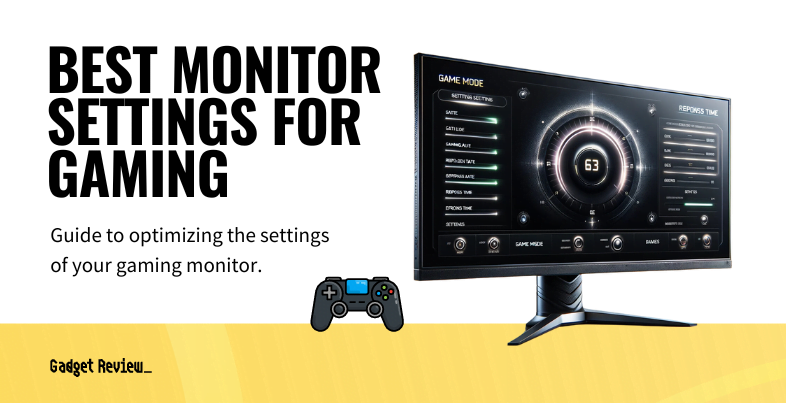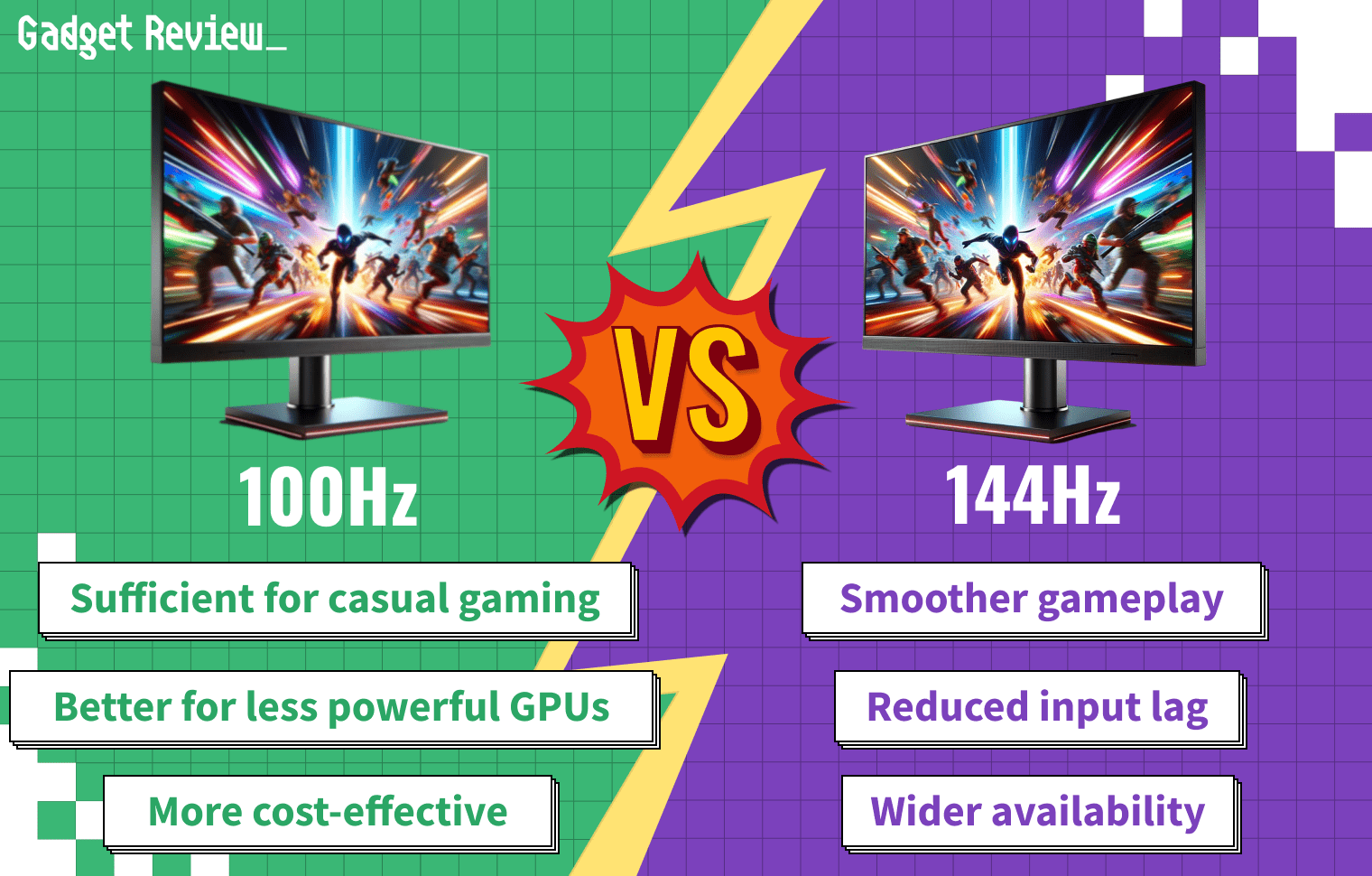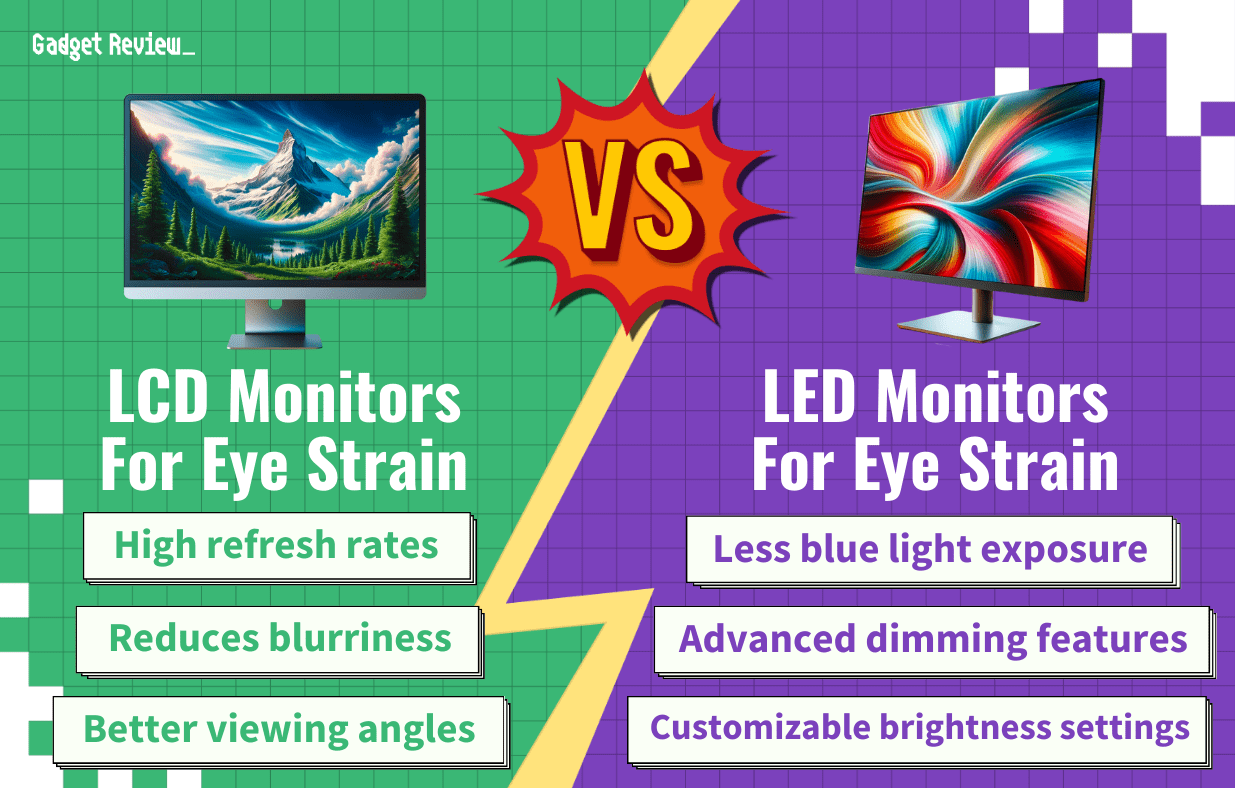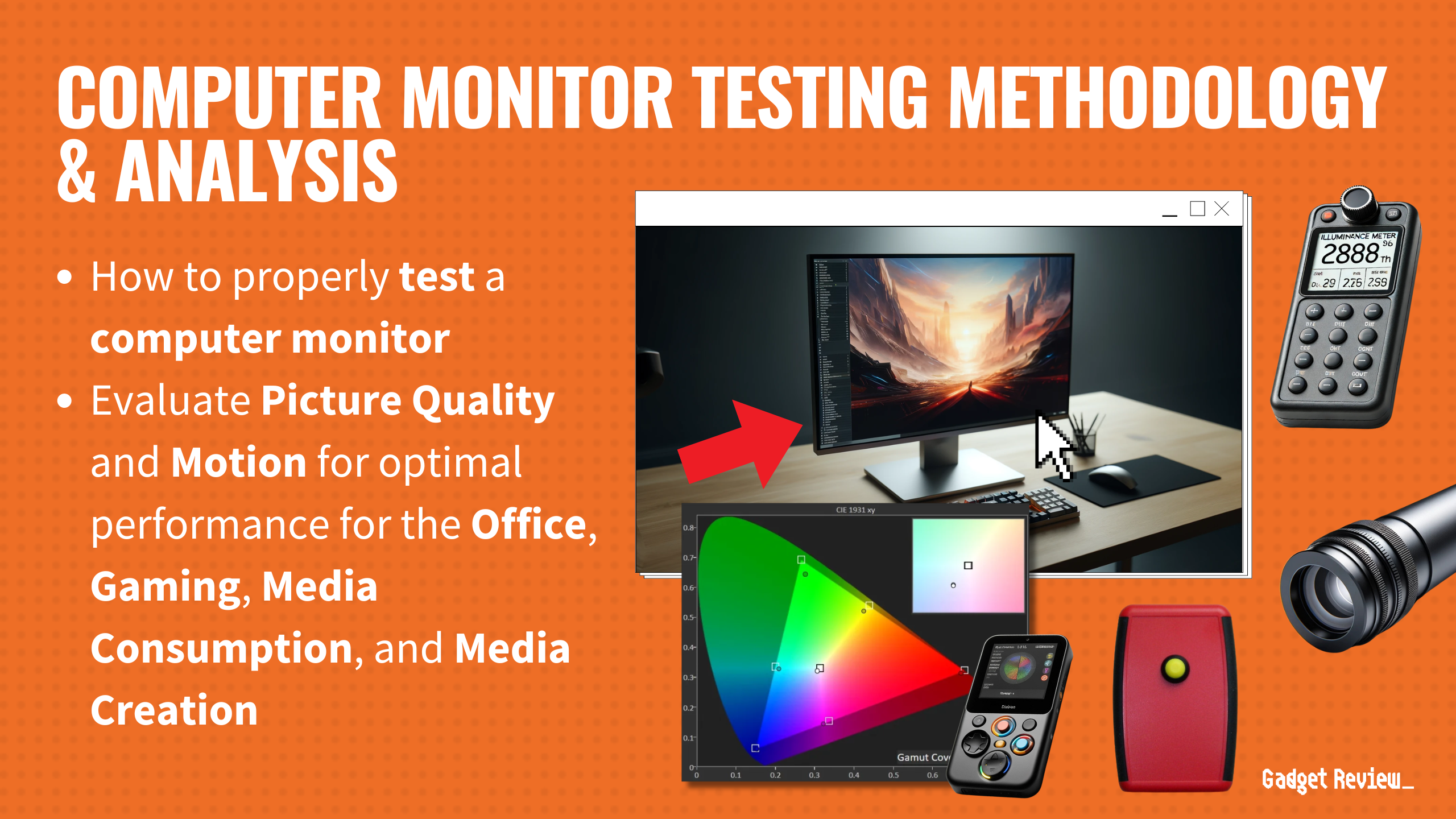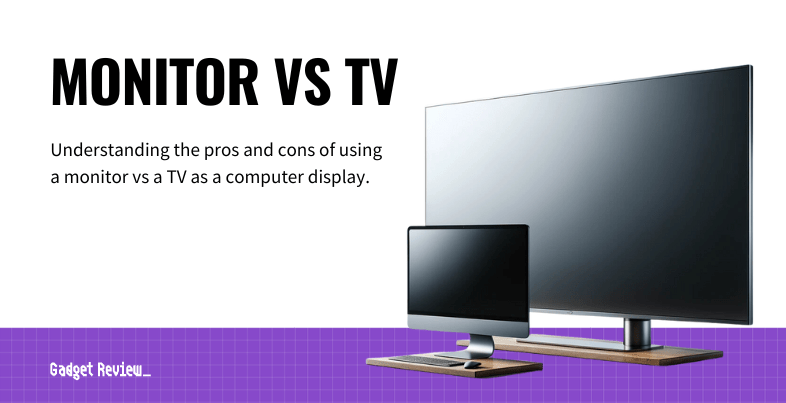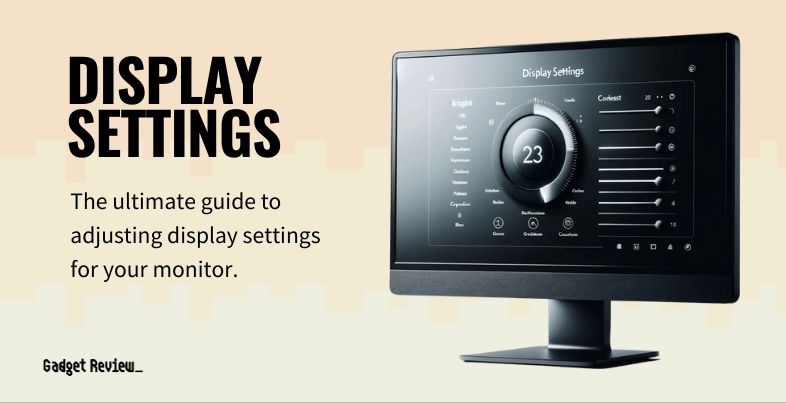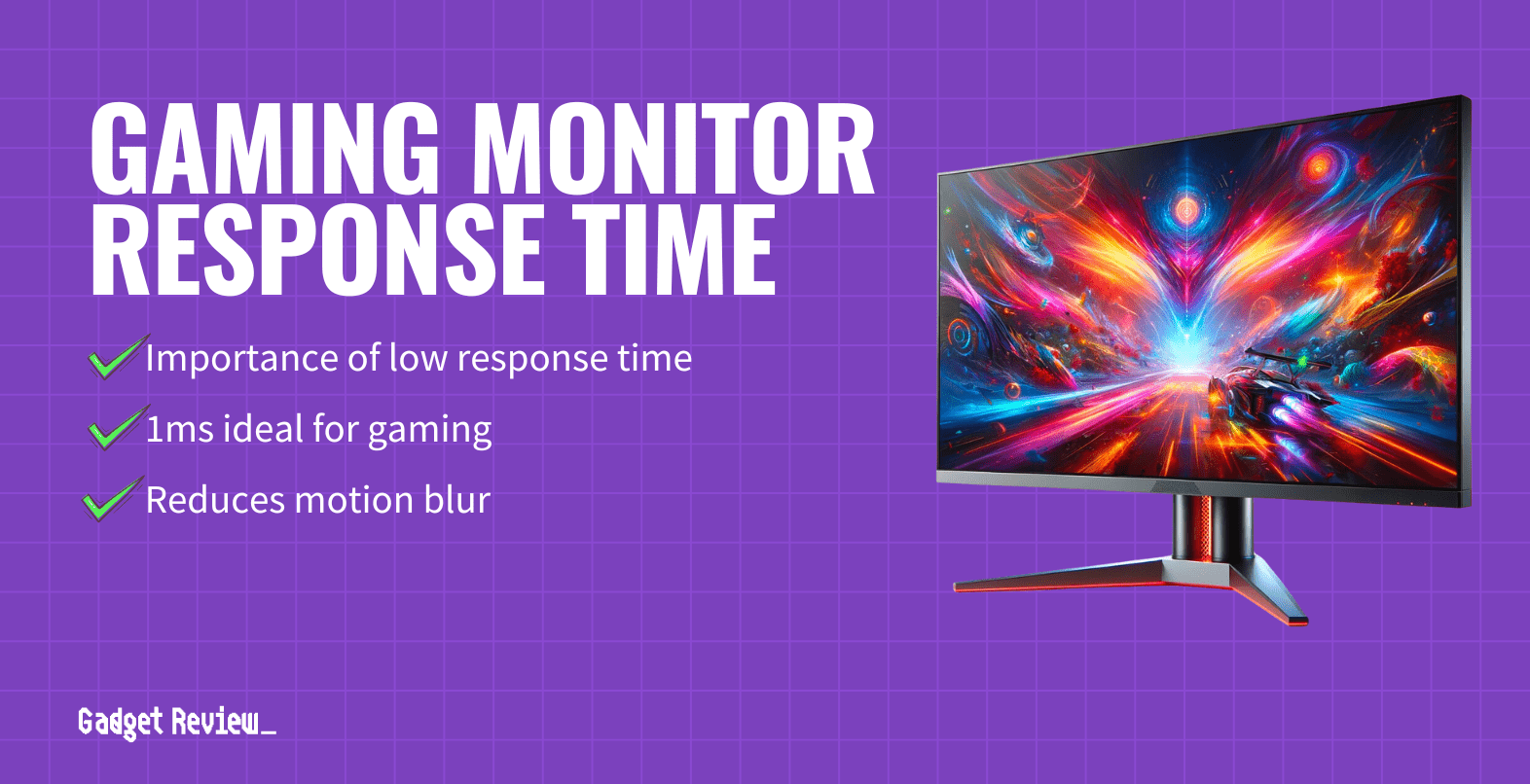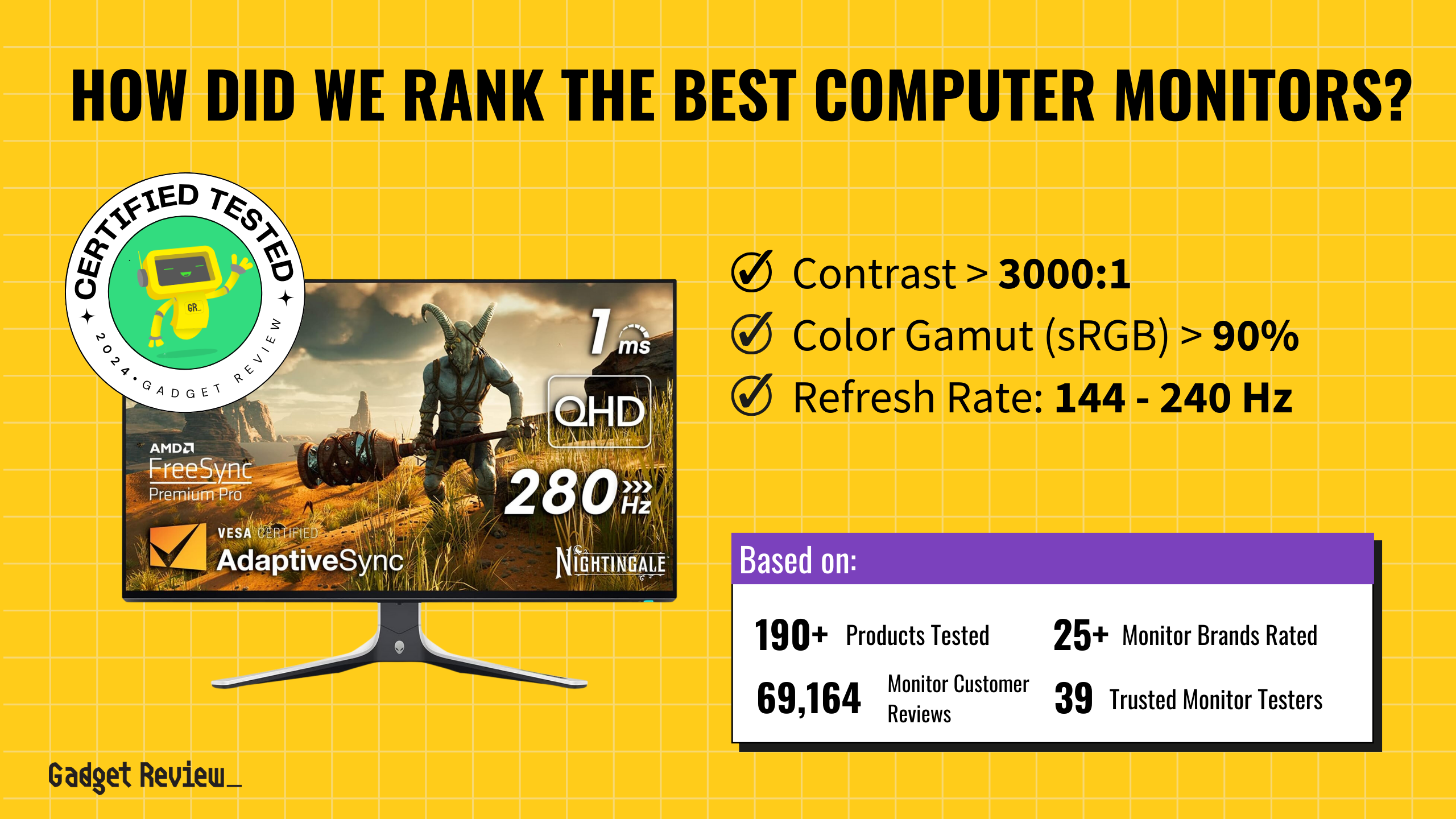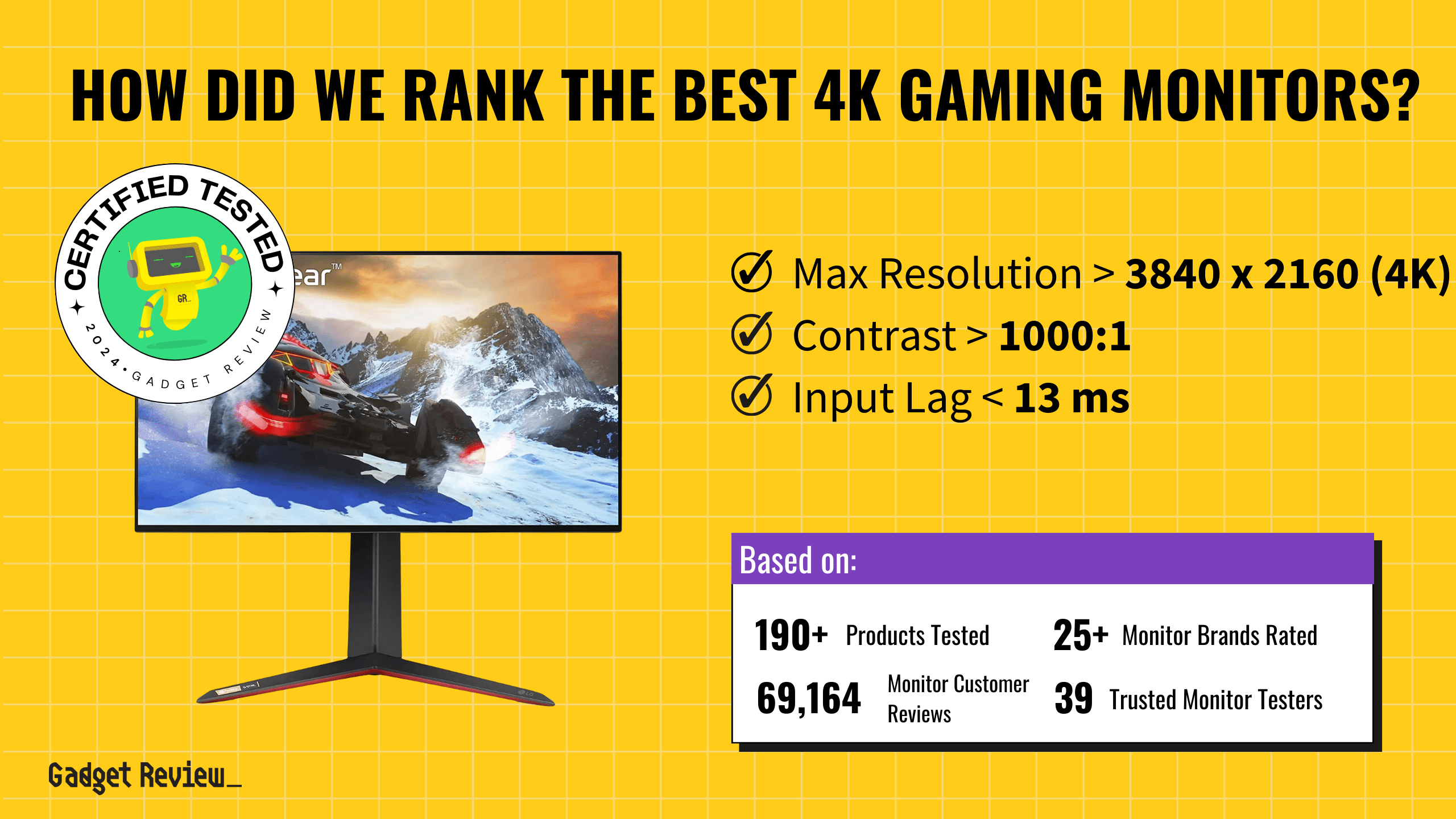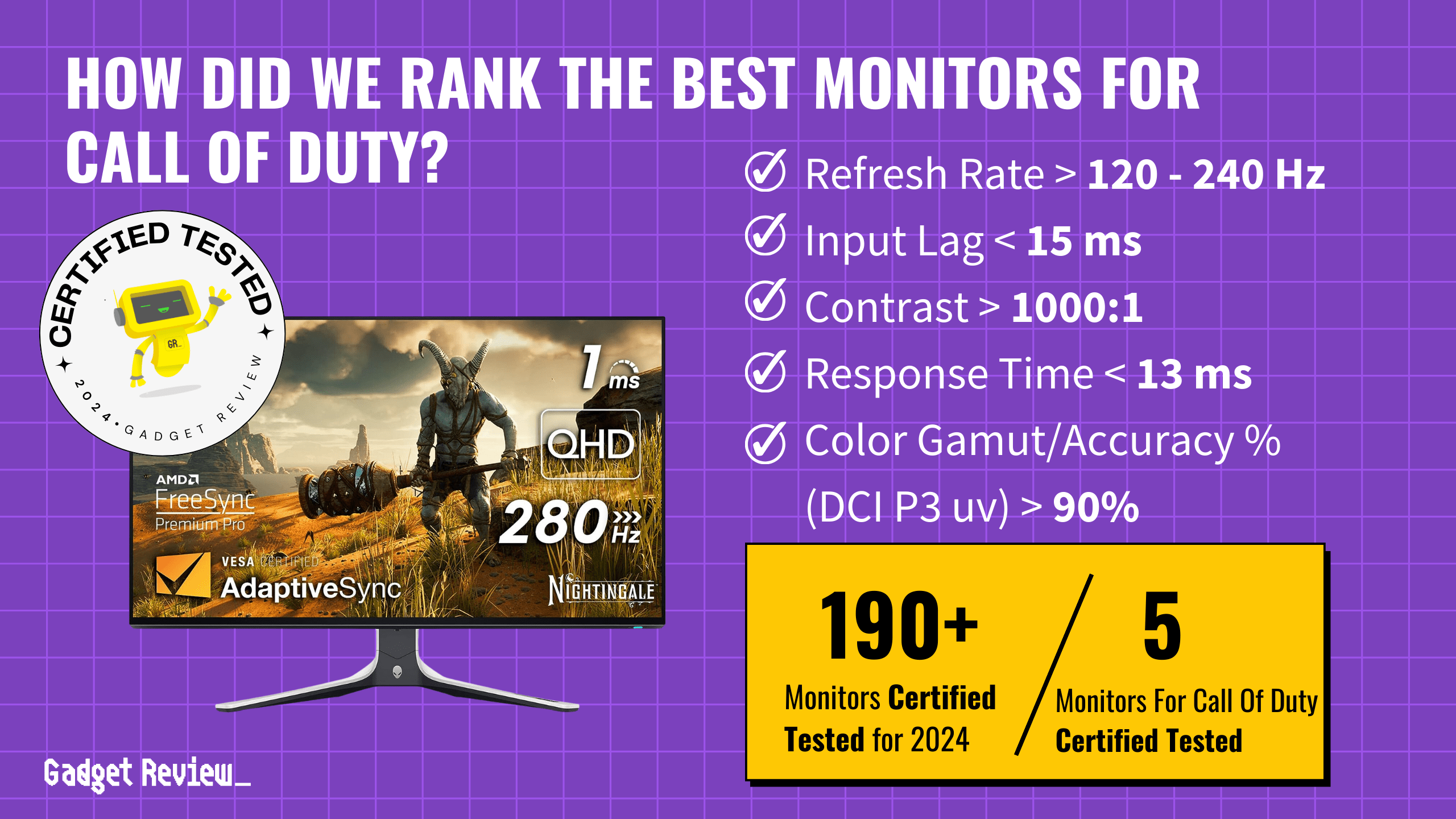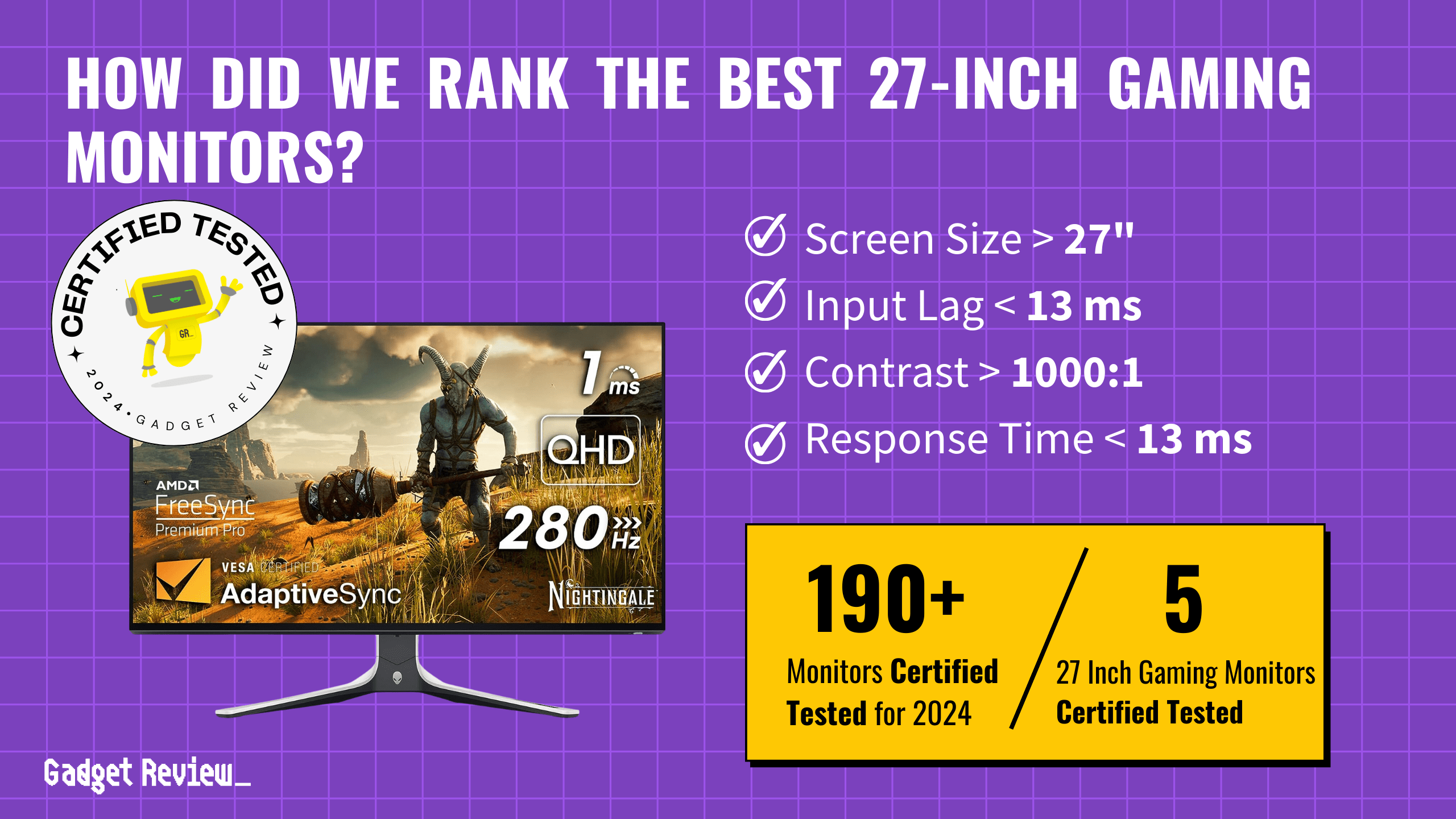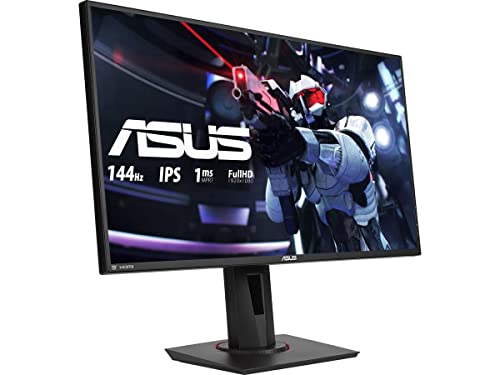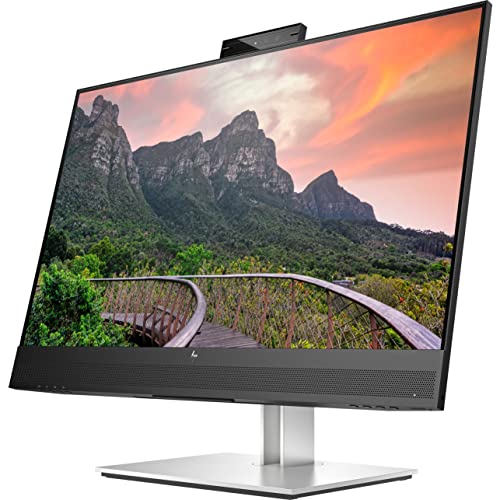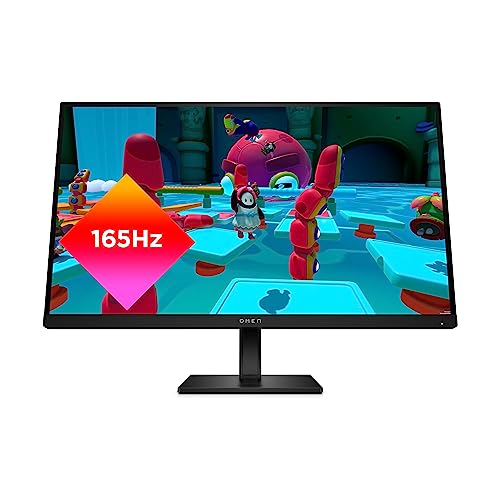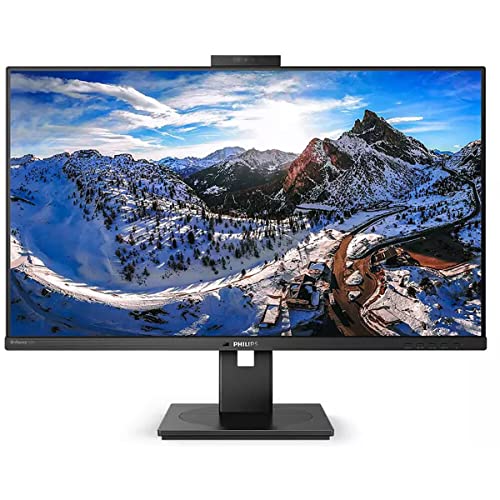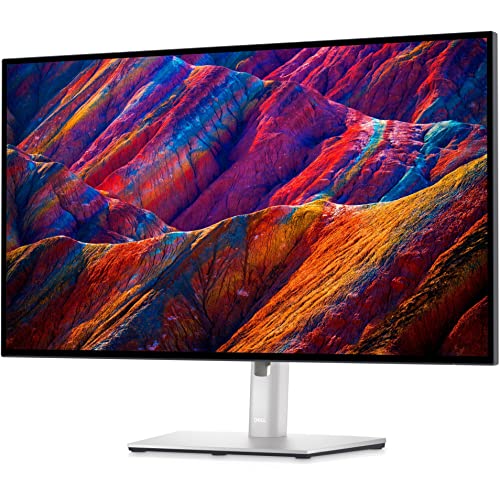Digital Visual Interface (DVI) is a pivotal standard in the realm of video display interfaces. Developed by the Digital Display Working Group (DDWG), DVI revolutionized the connection between computers and monitors, offering the best computer monitor picture quality compared to older standards like VGA. Designed primarily for flat panel LCD monitors, DVI supports both digital and analog signals, ensuring versatility in connecting various devices. Though it has been replaced by HDMI, this interface played a crucial role in delivering high-resolution video signals, making it a staple in digital video content display.
Key Takeaways_
- DVI is a bridge technology that moved monitors away from VGA dependence.
- The technology was eventually replaced by HDMI as the preferred digital display connection.
- DVI is still relevant for gamers who prioritize faster frame rates and better image quality.
What is DVI?

While some believe that DVI stands for Digital Video Interface, it actually stands for a Digital Visual Interface, and as the name suggests, it allows visual content to be displayed on a monitor. It relies on a digital signal to transmit and display video content in high quality. However, with the advent and rapid adoption of HDMI, DVI is also considered something of a legacy connector.
Types of DVI Connectors
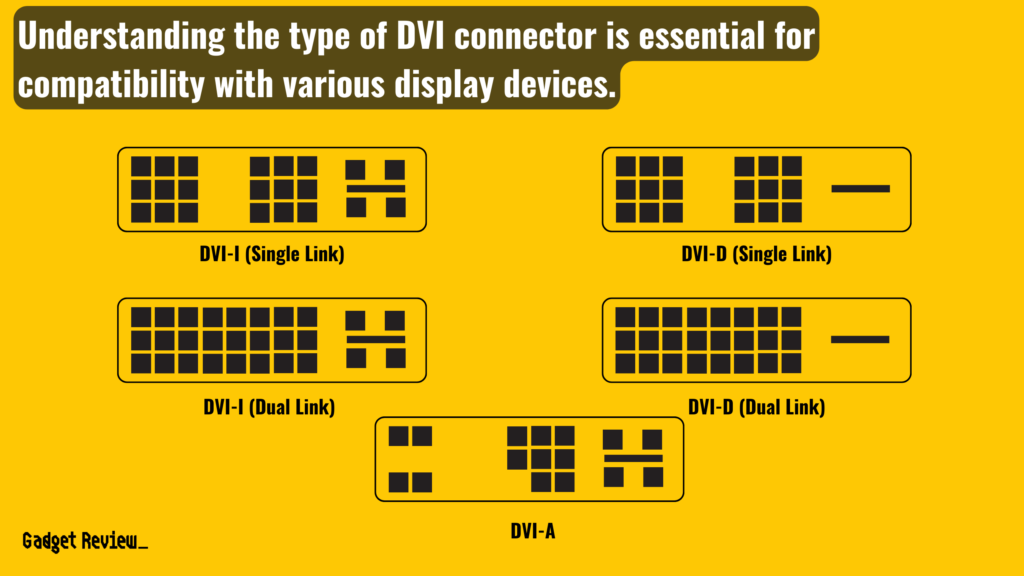
DVI connectors are one of many monitor cable types and can be classified into three types:
- DVI-D (digital only)
- The DVI-D connector transmits digital video signals, ensuring high-quality image display on digital monitors.
- DVI-A (analog only)
- The DVI-A connector is less common and is used for transmitting analog signals to analog monitors.
- DVI-I (integrated, digital & analog)
- The DVI-I connector is the most versatile, supporting both digital and analog signals, making it suitable for a wide range of applications.
How DVI Works
A DVI connection operates by transmitting video signals from a video source, like a computer or video card, to a display device, such as a monitor or projector.
In digital mode, DVI delivers a pure digital signal, offering sharper and clearer image quality compared to analog video signals.
The interface minimizes signal degradation, even over longer distances, using single-link or dual-link cables.
- Single-Link DVI supports a maximum resolution up to 1920 x 1200 at a 60 Hz refresh rate.
- Single-Link DVI is available with DVI-A, DVI-D, and DVI-I connections.
- Dual-Link DVI offers supports a maximum resolution up to 2560 x 1600 at a 60 Hz refresh rate.
- Dual-Link DVI is only available with DVI-D and DVI-I connections.
DVI vs. Other Interfaces
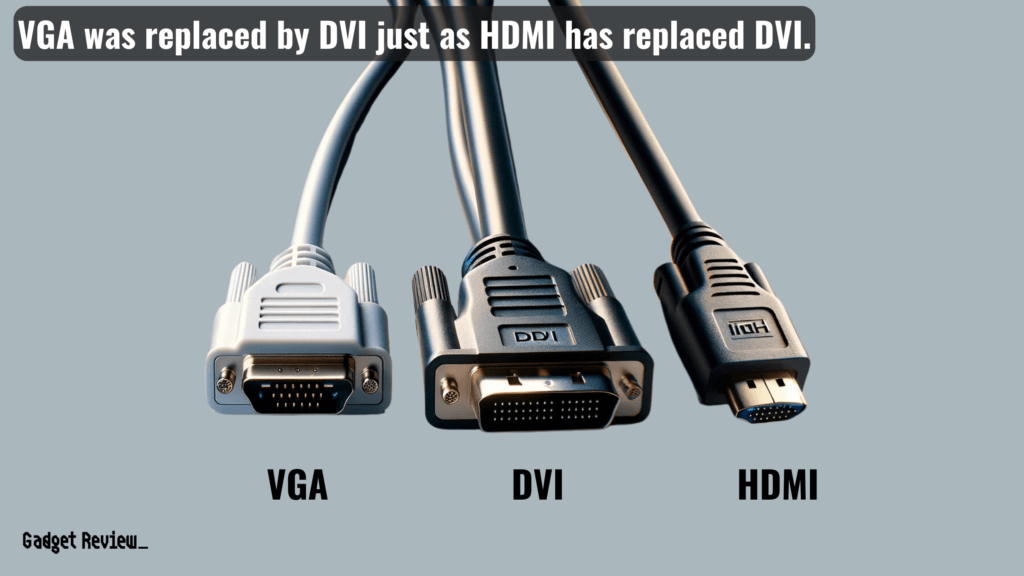
Comparing DVI with other interfaces like VGA and HDMI highlights its unique strengths and limitations.
- Unlike VGA (Video Graphics Array), which only transmits analog signals, DVI supports both digital and analog, offering more flexibility and better image quality.
- When connecting a VGA connector, a DVI to VGA adapter can be used, allowing DVI-equipped devices to be compatible with older monitors.
- Compared to HDMI (High-Definition Multimedia Interface), DVI lacks audio signal transmission but excels in video quality.
- HDMI adapters, or DVI to HDMI cables, can bridge this gap, allowing for a combination of high-quality video and audio signals.
Applications of DVI
DVI’s primary application is in connecting computers and video cards to monitors and digital displays.
Its ability to transmit high-resolution digital video signals makes it a good choice for desktop monitors, video projectors, and flat-panel displays, especially those that don’t require audio.
DVI is still used in some professional settings where high-definition video display is crucial, such as in graphic design, video editing, and gaming, but has largely been replaced by DisplayPort or HDMI.
Choosing the Right DVI Cable
Selecting the right DVI cable involves considering the type of connector (DVI-D, DVI-A, or DVI-I), cable length, and quality.
For digital displays, a DVI-D cable is ideal, while DVI-A suits analog connections. The cable length should be chosen based on the distance between the video source and the display, keeping in mind that longer cables may lead to signal degradation.
STAT: When selecting a DVI cable type, make sure to get a double-link cable. This is because a dual-link DVI cable can support up to 2560 x 1600 resolution, while a single-link cable can only support up to 1920 x 1200 resolution. (Source)
High-quality cables help ensure minimal signal loss and to maintain image integrity.
Future of DVI
As technology evolves, DVI has largely been phased out by newer interfaces like HDMI and DisplayPort, which offer integrated audio and video signals.
However, DVI remains relevant due to its high-quality video transmission and widespread adoption in existing equipment.
Manufacturers continue to include DVI ports in many devices, ensuring its continued use in various applications.
DVI has been a cornerstone in digital video technology, providing high-quality, versatile connections between video sources and displays.
While newer technologies emerge, DVI’s legacy in the digital video landscape remains significant, serving as a reliable interface for high-resolution video displays.

